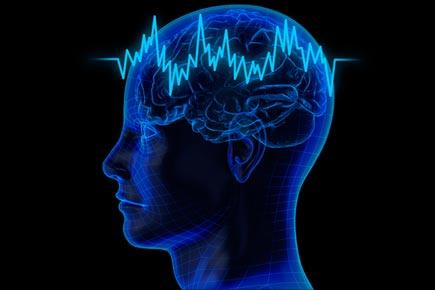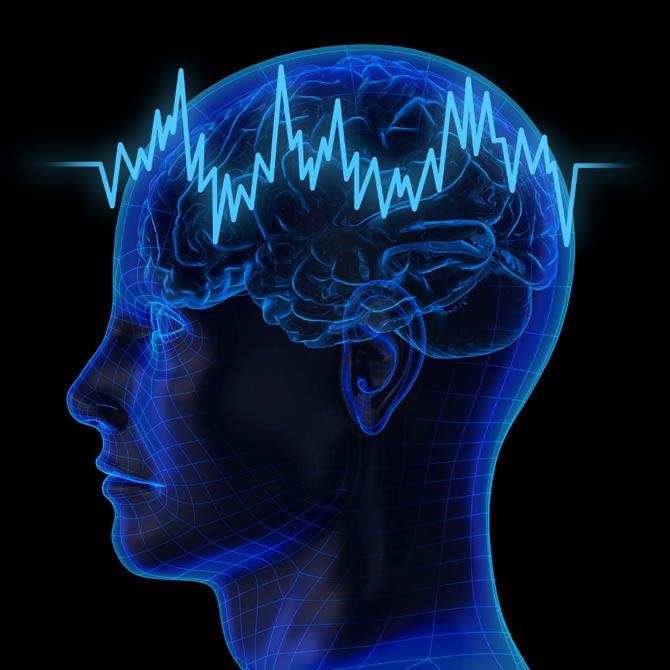Robert Galbraith Heath, an American psychiatrist conducted a controversial experiment in 1970, in which he attempted to, and according to his recently acquired research paper, succeeded into converting a homosexual man to heterosexuality. This procedure has been termed as gay conversion therapy

Deep brain stimulation, gay conversion therapy
Robert Galbraith Heath, an American psychiatrist conducted a controversial experiment in 1970, in which he attempted to, and according to his recently acquired research paper, succeeded into converting a homosexual man to heterosexuality. This procedure has been termed as gay conversion therapy.
ADVERTISEMENT

Dr. Robert Galbraith Heath implanted electrodes into many parts of patient B-19's brain to stimulate him during the experiment. Picture for representational purposes
The subject of his experiment, a 24-year-old man arrested for marijuanna possession, called B-19 in his research paper, was subjected to deep brain stimulation (DBS), during which electrodes were implanted into the septal region (associated with feelings of pleasure), and many other parts of his brain. According to the data in Dr. Heath's papers, he apparently possessed homosexual tendencies.
B-19 was then shown heterosexual pornography and was later encouraged to perform sexual intercourse with a female prostitute. Dr. Robert Galbraith Heath has claimed in his papers that he apparently enjoyed both the experiences due to deep brain stimulation that was administered to him simultaneously during both acts.
Robert Galbraith Heath's experiment, which would be deemed controversial and even unethical today for various reasons, was conducted when the patient, who recruited for the study was done while under legal duress, and further implications of his well-being, including indications that electrode stimulation was addictive, were not considered.
About Dr. Robert Galbraith Heath
Born on 9 May 1915, Dr. Heath has published 360 papers and 3 books on his various experiments regarding mental illness. He followed the theory of biological psychiatry that organic defects were the sole source of mental illness, which he felt were treatable by physical means.
Dr. Robert Galbraith Heath performed several experiments involving electrical stimulation of the brain via surgically implanted electrodes and has placed DBS electrodes into the brains of 38 patients or more, an endeavour, which was funded by the US military and the CIA. He also experimented with the drug bulbocapnine to induce stupor, using prisoners in the Louisiana State Penitentiary and also worked on a cure for mental ailments like schizophrenia.
He was the founder of the Department of Psychiatry and Neurology at Tulane University, New Orleans, in 1949 and remained its chairman until 1980. Dr. Heath passed away on 24 September 1999.
 Subscribe today by clicking the link and stay updated with the latest news!" Click here!
Subscribe today by clicking the link and stay updated with the latest news!" Click here!






